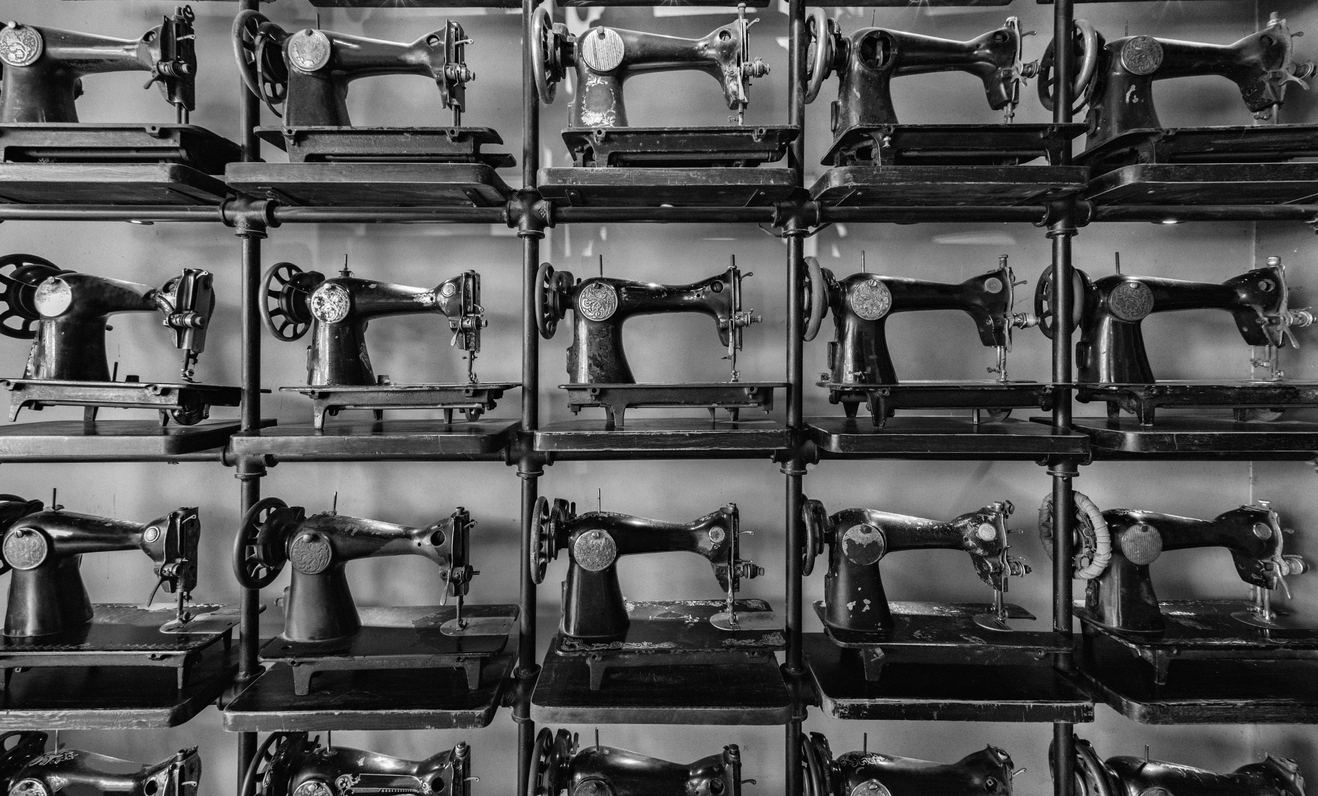On August 12, 1851, Isaac Singer patented his sewing machine. The invention resulted from years of development and was quickly adopted by the tailoring trade. Singer would later introduce various innovations to his machines, making them easier to operate and more functional. The well-known sewing company has been recognized as one of America's premier manufacturers of household appliances from its inception in 1851 until today.
Facts about August 12, 1851- Isaac Singer patents his sewing machine
- From the very first, the sewing machine was designed to use existing human capabilities productively, namely by using the hands and not just a foot to perform the necessary manual task. Motorized machines like sewing machines were not invented for another 100 years after Singer's time.
- Singer's design was quite simple and used only one motor-driven wheel placed above the main needle-driver wheel that moves up and down to stitch material.
- Singer's machine functioned without a foot pedal made it easier to use, especially compared to the foot-operated devices of the time. It was much easier to control the movements of the needle and threads, which was a significant advantage over sewing machines used at the time.
- Singer's design was easy for children to use, as it did not require them to have an extensive repertoire of motions in their fingers.
- Singer's sewing machine could also produce quality results that had previously been impossible to achieve. The making of fine seams was at one point in time the significant advantage that hand-sewing had over machine-sewing.
- One of the essential aspects of Singer's design is that it was a portable machine, making it even more attractive to consumers and manufacturers.
.

